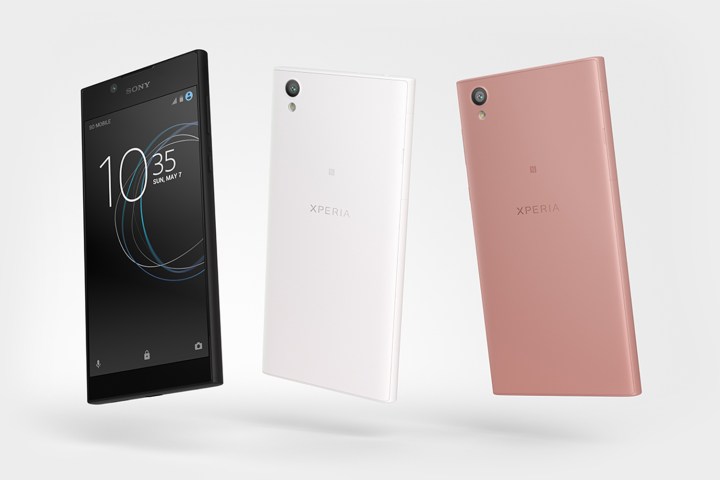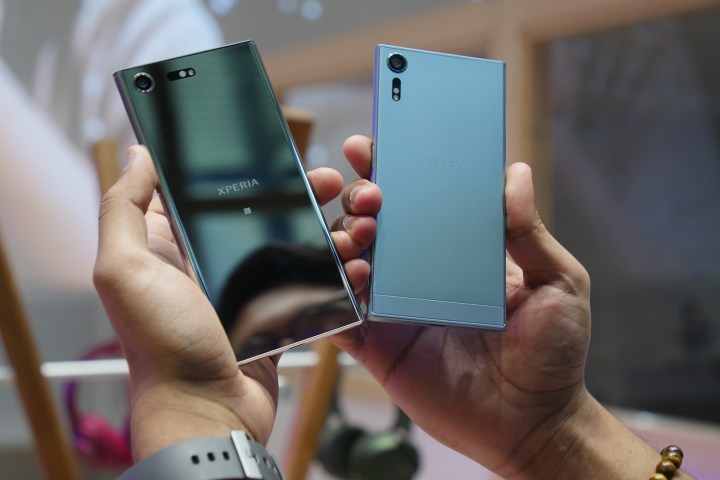
Sony’s “Premium Standard” brand aimed to deliver high-end hardware at an affordable price point, but the company struggled to ship phones at a sustainable clip. During its 2017 Investor Day this week, Sony said that it would aim to sell 85 percent of its high-end smartphone inventory outside its home country of Japan, but only managed a measly 31 percent — equating to dismal global performance of 43 percent of total sales.
That comes on the heels of news that Sony sold 15 million smartphones in 2016 — the lowest number of handsets it has sold in a full year since 2012.
Sony is planning a two-pronged approach to regain market share: differentiating its products “with technologies that only Sony can deliver” and focusing on developing markets where it’s confident it can regain profitability. It will target Japan, East Asia, APAC, the Middle East, and Europe, and hone in on flagships like the Xperia XZ Premium and XZs and midrange phones like the Xperia XA1 and XA1 Ultra.

Even given these moves, Sony is not done taking risks. It’s hoping to make a splash in the North American market in the coming months, and it mentioned India, which the company is cautiously optimistic about due to the “predominance of lower-value smartphones” and “razor-thin margins.”
Sony’s not the only firm that is rethinking its smartphone strategy. Earlier this year, HTC, which recorded an operating loss of $117 million last quarter and described the market as “ultra-competitive,” said it would focus its future efforts on pricier flagships like the U Ultra and U Play.
Doubling down on flagships is a well-founded approach, generally speaking. According to analysts at the International Data Corporation (IDC), high-end phones accounted for around 57.2 percent of the company’s smartphone shipments in the third quarter of 2016.
But the competition won’t sit around waiting. Late last year, estimates showed that Apple took 103.6 percent of the profits from all smartphone sales in the third quarter of 2016. By comparison, Samsung, one of the world’s largest smartphone manufacturers, took just 0.09 percent.
Still, things are turning around for Sony. Sony Mobile, the division responsible for smartphone research, design, and sales, posted an operating profit of $187 million on sales of $2.2 billion.


